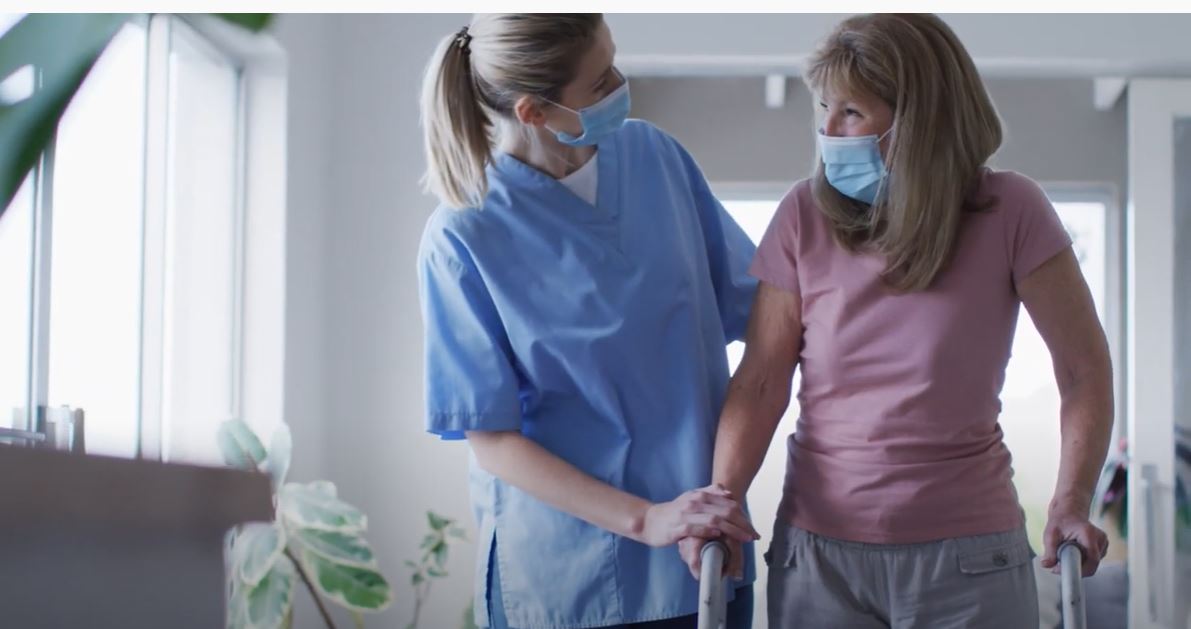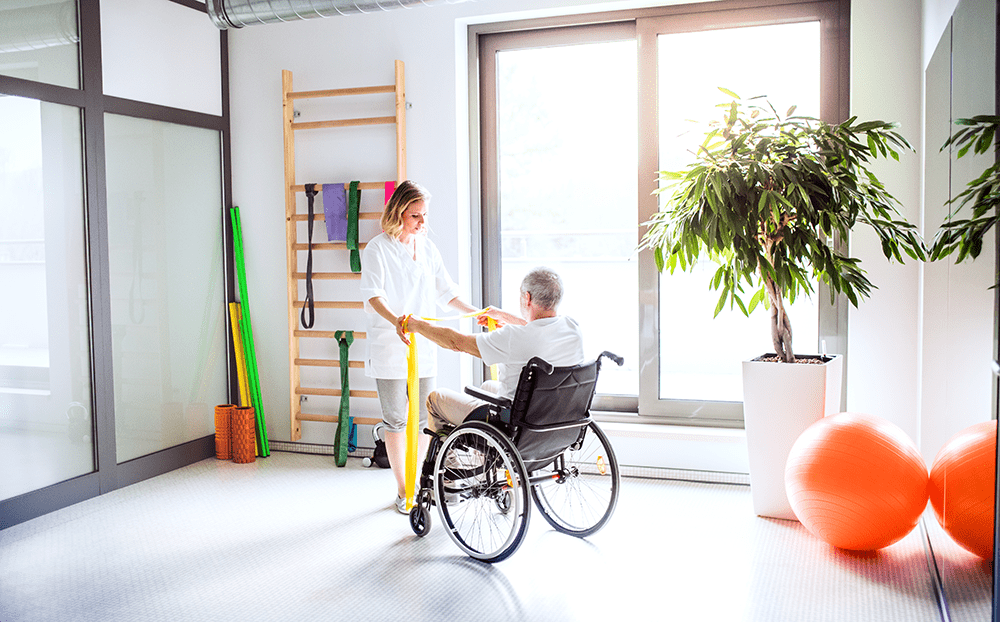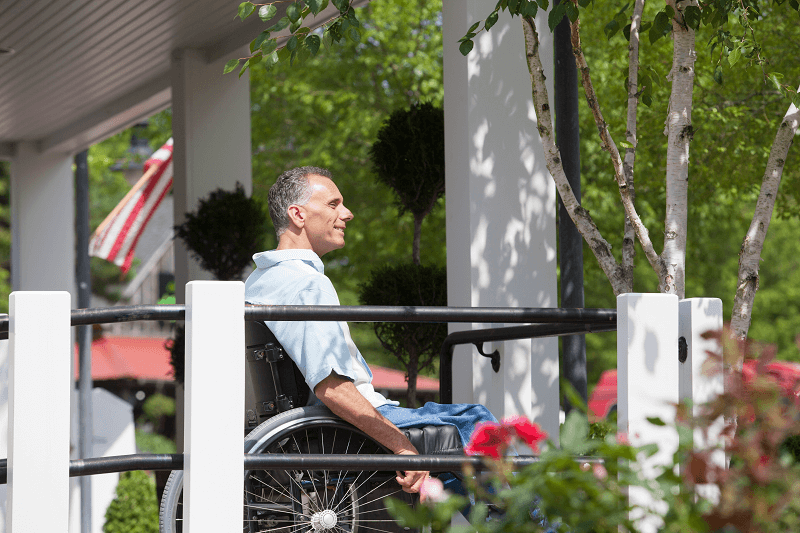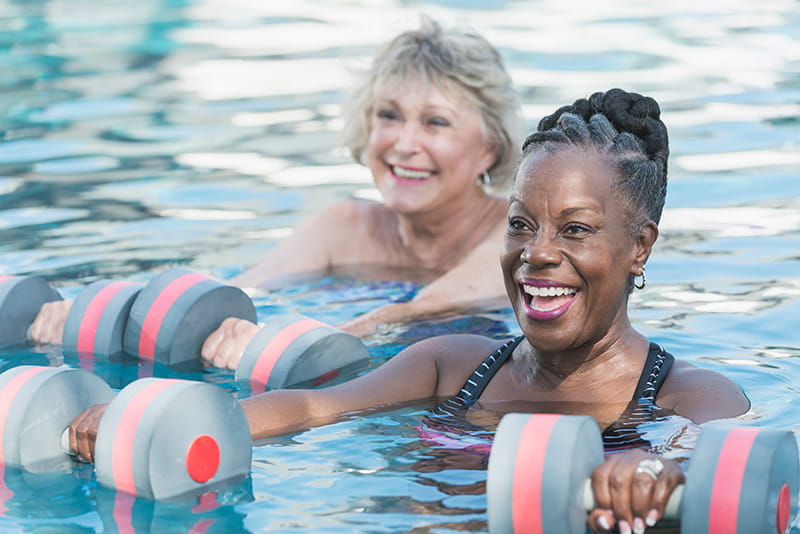Recovery After Stroke
Strength and dedication are how I will defeat stroke. Rehabilitation is the key to recovery post-stroke, and the right program can help me regain independence

About my Stroke
A stroke occurs when a blood vessel bringing blood to the brain gets blocked or ruptures (bursts).
This means that the area of the brain the blocked or ruptured blood vessel supplies can’t get the oxygen and nutrients it needs. Without oxygen, nerve cells can’t function.
Your brain controls your ability to move, feel, think and behave. Brain injury from a stroke may affect any of these functions. Several factors affect the ways people experience a stroke.
How stroke in different areas of the brain may affect the survivor (PDF)
Diagnosis and Early Treatment
When someone has symptoms of a stroke or a transient ischemic attack (TIA), a doctor will gather information and make a diagnosis.
They will review the events that have occurred and:
- Take a medical history.
- Do a physical and neurological examination.
- Have certain laboratory (blood) tests done.
- Order a CT and/or MRI scan of the patient’s brain.
- Study the results of other diagnostic tests that might be needed.
How diagnostic tests examine how the brain looks, works and gets its blood supply
Why Rehabilitation is Important
The rehabilitation and support a survivor receives can greatly influence health outcomes and recovery.
Stroke affects so many different functions — paralysis and weakness; gross motor skills; fine motor skills; speech and language; cognition; vision; and emotions.
What to Expect in Rehabilitation
Once medically stable, survivors needing close medical supervision who can participate in at least three hours of therapy five days a week (but are not expected to need institutional care) should be discharged to an inpatient rehabilitation facility (IRF).
Once admitted to the IRF, a physician who specializes in rehabilitation (physiatrist) makes sure the survivor is ready for rehabilitation and does a general assessment of the survivor’s abilities. This is when the physician writes therapy and other medical orders.
Once the orders are written, therapy begins the next day. Each type of therapist seeing the survivor does a thorough assessment of specific functions such as motor skills and communication.
Read more about what happens during the rehabilitation process
Rehabilitation Setting Options
Stroke survivors who qualify should receive treatment in an inpatient rehabilitation facility (IRF) in preference to a skilled nursing facility (SNF). Patients may receive care in one or more settings during their recovery:
- Inpatient rehabilitation facility (IRF)
- Skilled nursing facility (SNF)
- Long-term acute care facility
- Nursing home
- Outpatient clinic
- Home health agency
Learn more about the differences in rehabilitation settings and patient needs
Many survivors experience trouble swallowing after their stroke.
We’ve developed recipes just for you that are healthy and tasty, including our Pumpkin Pie Oatmeal.

Call our Stroke Family Warmline at 1-888-4-STROKE (1-888-478-7653)
The Stroke Family Warmline team answers calls from stroke survivors and their families, providing support and helpful information or just a listening ear.
Join the Apple Heart and Movement Study
Help us better understand heart health by choosing to share your Apple Watch data. The Study is a meaningful opportunity to contribute to health research.





